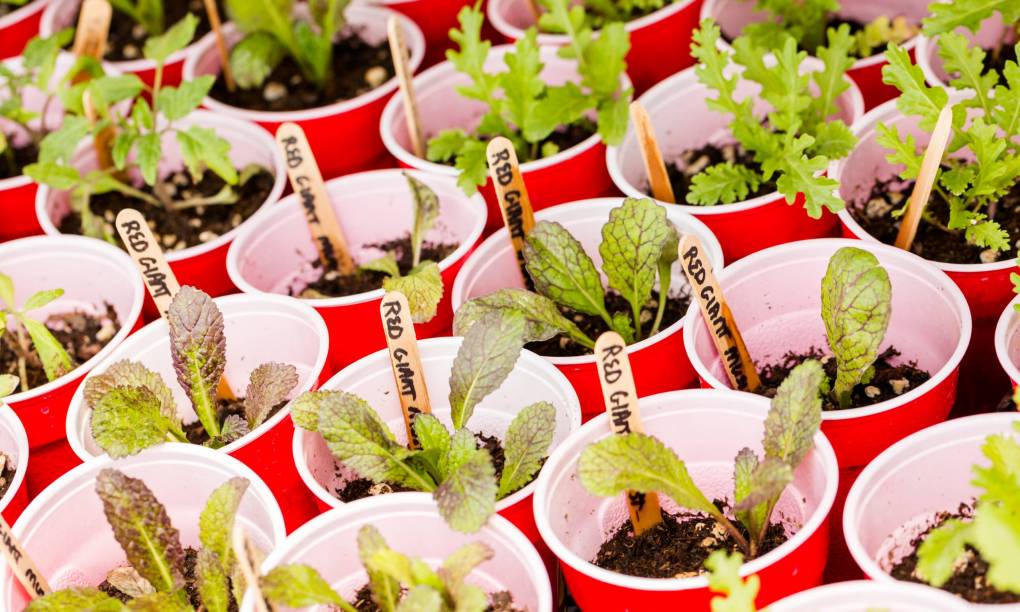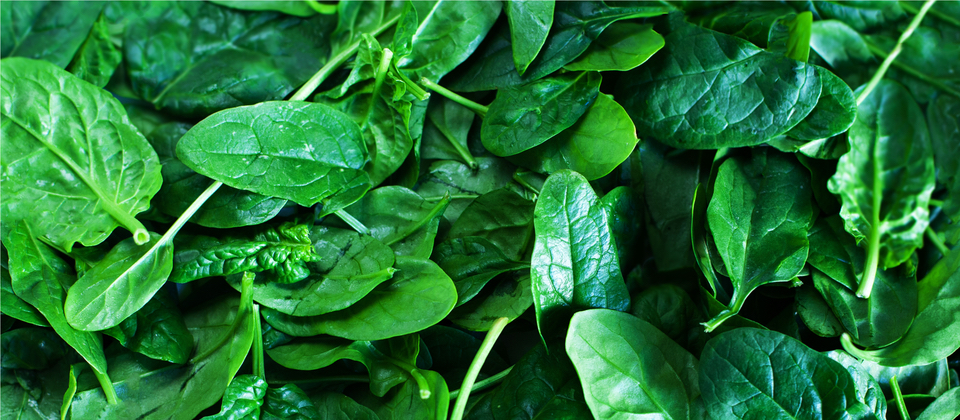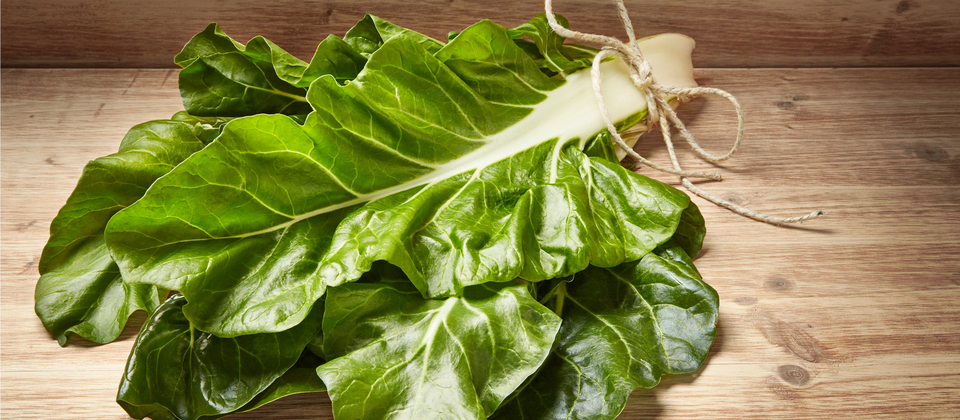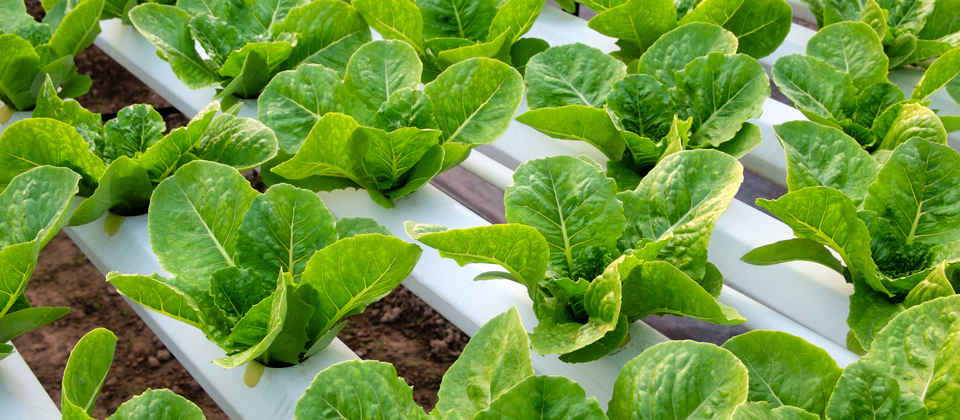
Growing And Harvesting Your Spring Veggies
Posted on March 24, 2017 under chard, growing, harvesting, kale, lettuce, peas, radishes, savory, savory spinach smoothie, spinach, spring, spring greens, vegetables
Even though a lot of vegetables cannot be planted outside until the soil has properly heated up, there are still a variety that you can plant right now, and which can be harvested long before the summer vegetables come in.
Depending on your local weather patterns and climate, cool season vegetables can be planted either directly in the soil with no cover, directly in the soil underneath a row cover or low tunnel, or in pots and trays in a sunny window or porch.
Planting in a Low Tunnel
If you go down the pathway of planting in a low tunnel or under a row cover, this will help to keep the soil warm, and protect seedlings from frost. Keep in mind that a serious frost can kill plants under row covers, but as the weather warms (and because the winter has been mild in a number of places across the US this year), this will not be too prominent an issue.
Planting in pots and trays that can be moved inside and outside into the sun during warm days is a great way to ensure the frost doesn’t get to your crops (just be sure to bring them inside!) In some situations where the frost is still hanging around, this can be an excellent way to get a head start on your spring gardening even if the soil outside is too cold.
Consider container gardening if you are keen to try growing some of your own foods on sunny windowsills, balconies, decks, anywhere that catches the sun even if you don’t have an outside garden plot.
We’ve compiled a list here of some of the best spring vegetables to grow, all of which can be easily planted by seed and are excellent choices for an early garden. If you’re new to gardening, worry not! Planting these vegetables is usually foolproof enough so that even beginner gardeners can reap a good harvest.
Fresh Baby Spinach

Fresh baby spinach is relatively quick to sprout and grow in a spring garden, and is surprisingly hardy when it comes to resisting cold temperatures. With many varieties out there, categorized as being either savoy or semi-savoy (which tend to have crinkled or curly crisp leaves) or smooth-leaf (with flatter leaves and a softer texture), it is worthwhile to trial out growing a number of the different kinds of spinach to find out which particular variety works best in your particular location (and also which one you like the taste of!)
For early spring greens, try growing them close together and harvest the leaves while they are still small. This can be as short as three weeks from initial planting, depending on the variety and also the weather. When you’ve harvested, why not try out your newly grown goods with Tess Master, The Blender Girl’s delicious Savory Spinach Smoothie recipe?
Chard

This relative of beet is another great spring veggie that is easy to grow from a seed, and can be eaten fresh or cooked. You can even pop it into a smoothie for a drinkable salad if you prefer! Chards come in a variety of sizes, colors and textures, although most of the color tends to be in the thick stems, with the leaves being mostly green.
We think that growing some red, white and yellow chards along with the traditional green variety helps keep things interesting and more vibrant in both your salads and your garden. There are some varieties of chard that can be harvested as baby greens as early as 25 days, with the leaves taking about twice as long to get to full size.
Lettuce

A staple vegetable, lettuce can be grown into the full-sized heads you see at the grocery store, but they can also be harvested much earlier. Growing it for quick baby greens means that you have a far more constant supply of salad greens to last you into the summer, without needing to wait for the lettuce to fully mature (which is perfect if you happen to be short on time and patience!) You can plant mixed lettuce seed (also known as mesclun mix) and in lieu of sowing the seeds far apart (which is typically recommended for head lettuce) sow them close together in each row. This will yield a solid row of lettuce leaves that are easy to harvest, and which you can cut repeatedly throughout the season.
Lettuce is great because it comes in a variety of colors and leaf shapes, not just the typical green romaine, red and green leaf lettuce, and butterhead varieties, so growing mixed baby greens allows for greater variation in color and textures for your salads. Baby greens can be harvested in a couple of weeks, and by planting successions of seeds every week or two, you can have a constant supply of greens for the kitchen, which we think is a pretty awesome win-win. Check out chapter 6 of our Massel cookbook for salad inspiration and an early guide to the best dishes you can start preparing in time for summer!
Radishes

One of the fastest veggies you can grow, radishes have many varieties which you can harvest in as few as 3 weeks. They’re perfect for interplanting with lettuce or other spring greens, and they can also help to naturally thin out these crops when the radishes are harvested. Quick to mature and easy to pull from the ground, even the kids will be able to have fun with this veggie as the seeds are large enough for them to plant, and they are ideal for the impatient gardener.
Kale

Kale is one of the most popular vegetables around which people love to hate. Despite the varying opinions, it is actually one of the fastest vegetables you can grow from a seed. It can be harvested as both baby greens and as full-sized leaves and can provide plenty of food from very little effort being taken. Whether you prefer to eat it raw in a salad or smoothie or as a quick snack, steam-roasting it in the oven or stir-fried in a main dish, the possibilities and dishes in which you can use kale in are endless. Baby green kale can be harvested in as little as 3 weeks, and for full-leaves, give them around 40-60 days, depending on the variety you are planting. To give you a start on what you can make, we adore Meg van der Kruik’s Oven-Roasted Kale and Creamy Polenta recipe – it’s just too good to not try out!
Peas

Snow peas, and other pod peas are another example of a great spring vegetable that even kids love to grow and harvest. Shelling peas and snap peas have a tendency to take a little longer to mature, however. Peas take approximately 50-65 days to mature (depending on the variety), and can grow either as vines or as ‘bushes,’ so they can be grown in regular garden beds and/or in trellises. For best germination rates, pea seeds should be soaked in water overnight before planting them.
Feeling inspired yet? Let us know how you go with growing your vegetables and tell us the kinds of recipes you want to make with them!


